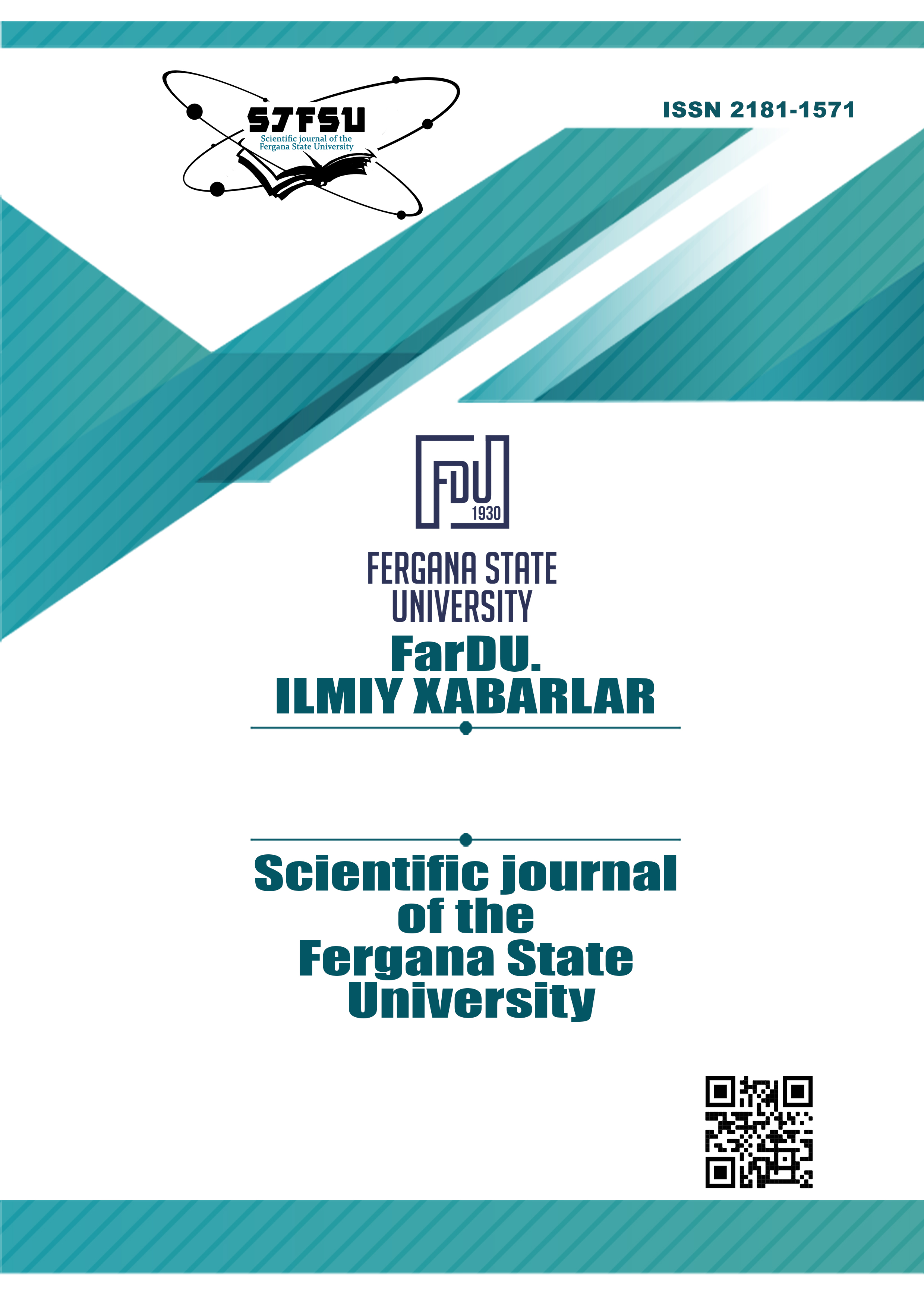EXPRESSION OF GENDER IN GERMAN AND UZBEK PHRASEOLOGY
Main Article Content
Abstract
Phraseologisms play an important place in the lexicology of the language. The national cultural problems of the phraseological system have become the basis of many studies. In this article, gender characteristic of stable compounds is analyzed. One of the important features of gender is that it has an interdisciplinary nature and can be studied in every field of science. This article discusses the issue of gender in fixed combinations. In the article, fixed combinations of German and Uzbek languages are selected and the gender features in them are widely discussed. When comparing phraseological units and premiums, the linguistic and cultural differences between languages are clearly expressed, because phraseology reflects the national images and cultural concepts of different people. Furthermore, the concepts of woman and man are explained on the example of fixed combinations of German and Uzbek languages. When analyzing gender phraseology, it was found that there are more phraseology in the German language than in the Uzbek language. There are a lot of phraseological units with an animal component both in German and in Uzbek. However, the number of gender expressions with zoolexema used to express gender is small in both languages. When the stable combinations of German and Uzbek languages were analyzed, it was found that gender characteristics are reflected in more proverbs. Scientific research methods such as comparison and description were used in the article
Article Details

This work is licensed under a Creative Commons Attribution-NonCommercial-NoDerivatives 4.0 International License.
References
ADABIYOTLAR RO‘YXATI
Günther D, Werner S. Duden, Band 11: Redewendungen und sprichwörtliche Redensarten, Mannheim, Leipzig, Wien, Zürich: Dudenverlag, 1992. — 864 S. (Gunther D, Werner S. Duden, Part 11: Idioms and proverbial sayings, Manheim, Leipzig, Vienna, Zurich: Duden publisher, 1992. — 864 p).
Ismoiliy M. Farg‘onada tong otguncha. Toshkent: Yangi asr avlodi, 2019. — 496 b. (Ismailiy M. Until dawn in Ferghana. Tashkent: generation of the new age, 2019. — 496 p).
Oybek. Oltin vodiydan shabadalar. — Toshkent: O‘zSSR Fan akademiyasi, 1976. — 543 b. (Oybek. Breezes from the golden valley. Tashkent: O‘zSSR Fan akademiyasi, 1976. — 543 p).
Oybek. Quyosh qoraymas. — Toshkent: O‘zSSR Fan akademiyasi, 1977. — 376 b. (Oybek. The Sun does not darken. — Tashkent: O‘zSSR Fan akademiyasi, 1977. — 376 p).
Rahmatullayev Sh. O‘zbek tilining izohli frazeologik lug‘ati. Toshkent: O‘qituvchi, 1978. — 407 b. (Rahmatullayev Sh. An explanatory dictionary of the Uzbek language. Tashkent: Teacher, 1978. — 407 p).
Sternkopf J. Gibt es geschlechtsspezifische Phraseologismen in der deutschen Sprache der Gegenwart? // Chronologische, areale und situative Varietaten. 1995. — 417 S. (Sternkopf J. There are gender-specific phraseologisms in contemporary German? // chronological, areal and situational varieties.1995. — 417 p).
Toshboev O. Ultontoz. — Toshkent: G‘ofur G‘ulom, 2019. — 368 b. (Toshboev O. Ultontoz. — Tashkent: G‘ofur G‘ulom, 2019. — 368 p).

